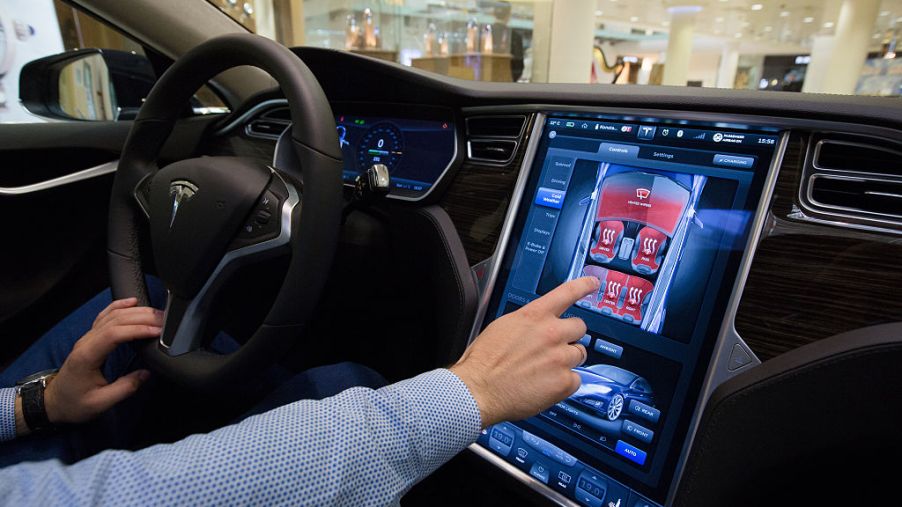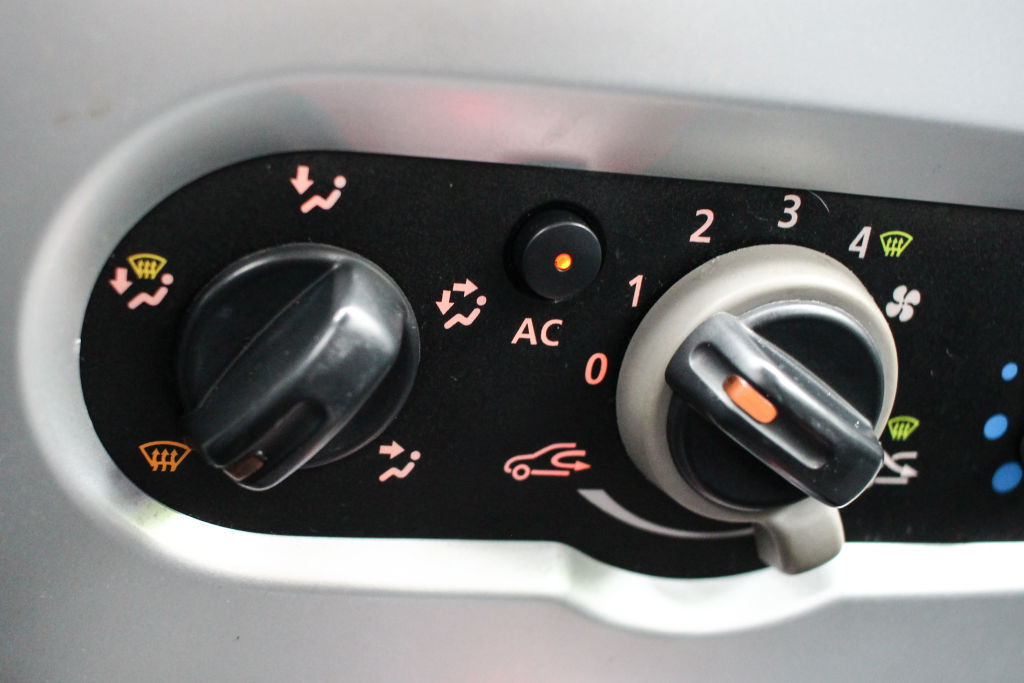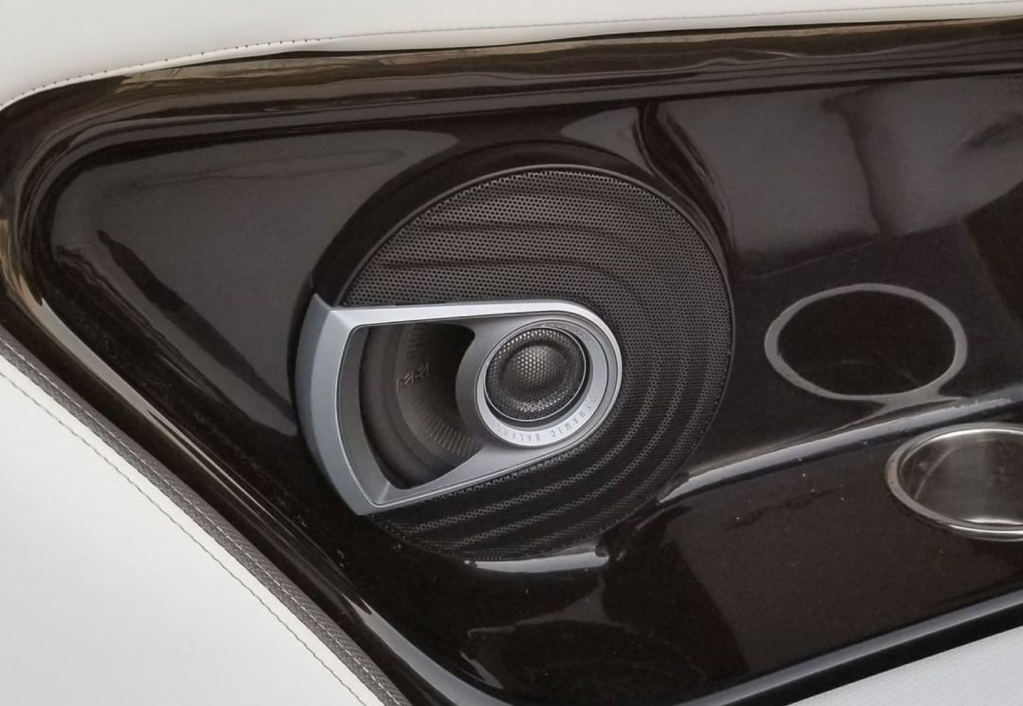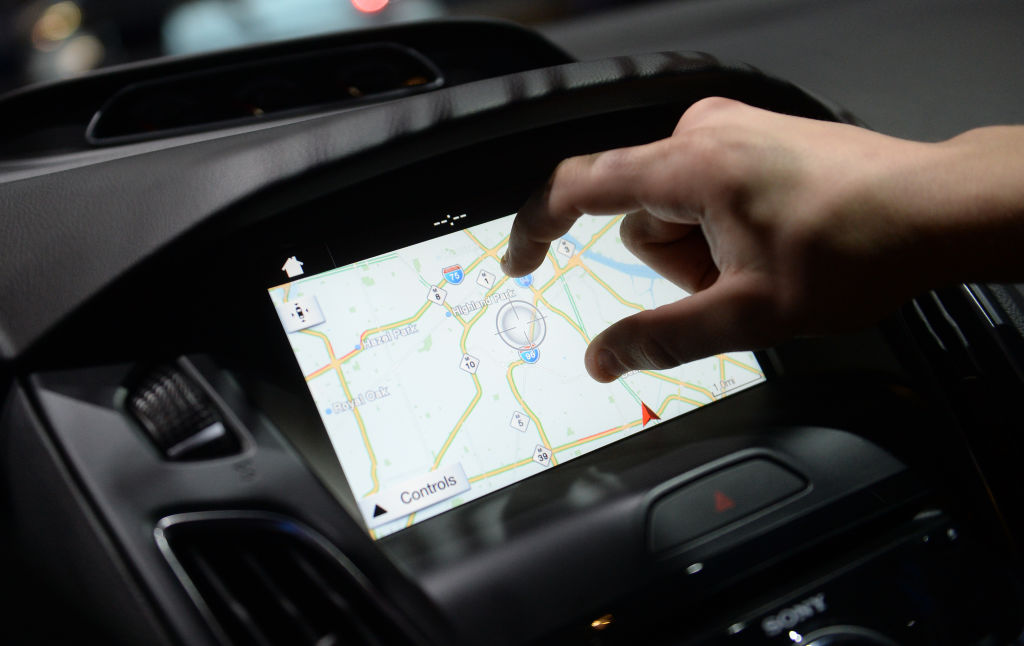
What Is An Infotainment System?
I’ve mentioned before that I learned to drive in the 1980s. In the time since then, I’ve seen a lot of automotive industry advancements filter into more and more models. Advances in safety systems are the most impressive. But, there have been advances in convenience features for the consumer as well. Enter the infotainment system.
What Is It?
Ask that same guy back the 1980s what an infotainment system is, and you’ll get a blank stare. That’s because those systems weren’t around yet. The best guess from that time period would have been an infotainment system probably would have something to do with hi-fidelity boom boxes. Times have changed, though.
Everyone Has Seen It
In the last ten years, every driver now either has an infotainment system in their personal vehicle or has been in a vehicle that has one. It’s the information command center, otherwise known as the display monitor. It’s typically found placed in the center stack that flows from the top of the dash, down between the seats of the vehicle interior. It controls, and in some cases replaces, an array of old components, buttons, and switches with a user interface screen that is typically touch screen sensitive.
What Does It Do?
The modern infotainment display today allows the driver control of many functions, all at the tap of the finger. Heating and air conditioning, radio, phone, GPS, cabin lighting, and even internet access can all have their settings adjusted through that monitor. The goal of an infotainment system is to provide access for a driver to as much information as possible in a centralized location, and with as little distraction to the driver as possible.

Heating and Air Conditioning Integration
In the past, if the driver or passenger wanted to adjust the heating and air conditioning, it was done manually. A dial or a slide would be manipulated, and voila! The temp was made more comfortable. Now, it’s done electronically through manipulating functions on the screen.
Radio and Cell phone Integration

If you’ve spent any time at all on Motorbuiscuit, you’ve discovered that there are a lot of article posts discussing whether this vehicle or that one has Apple CarPlay or Android Auto. That’s because, since the 1980s, the automotive buying public has also integrated the cell phone as part of their lives. The car buyer has since also developed their own song lists to listen to on their cell phone. Well, now the car can communicate with the driver’s cell phone and start playing that beloved song list all with a few touches on the screen of the infotainment system.
It’s not just tunes that are linked to the driver’s cell phone. Through a Bluetooth connection with the car, the driver can now make and receive calls through the infotainment system. Thankfully, gone are the dangerous days of being distracted as you looked for your cell phone while it rang in the middle of your driving experience.

GPS Integration
Back in the 1980s, people were still using road atlases and maps to get to places. In the forty years since, consumer access to ground positioning systems, or GPS, has popped up. First, they were separate little handheld units that people would plug into their cigarette lighter port,… I mean auxiliary power port. Now, the GPS is fully integrated into the infotainment system, either as inherent in the software that runs it or as a communication link with the GPS on a driver’s cell phone.
Lighting
Infotainment systems are even used to control in-cabin lighting. That’s the lights in the footwells, or that run through the console or headliner. Some drivers can change the color of those lights through the infotainment system.
Internet access
Every driver has found themselves at one time or another at a location early. Some people would use that time to read, study, or work on a presentation. Others would just get bored. Now, killing time sitting in a parking lot doesn’t have to be so painful. Some infotainment system give access to the internet. So the extra time can be used to finish binge-watching that gripping show.
Infotainment systems evolve. As problems are discovered with the vehicle’s infotainment system or any system in a car, improvements will be made. So, the functionality of these systems will become increasingly more seamless over time. In the meantime, if you need to adjust something for your driving experience, it is likely it can be adjusted in from within the infotainment system.


